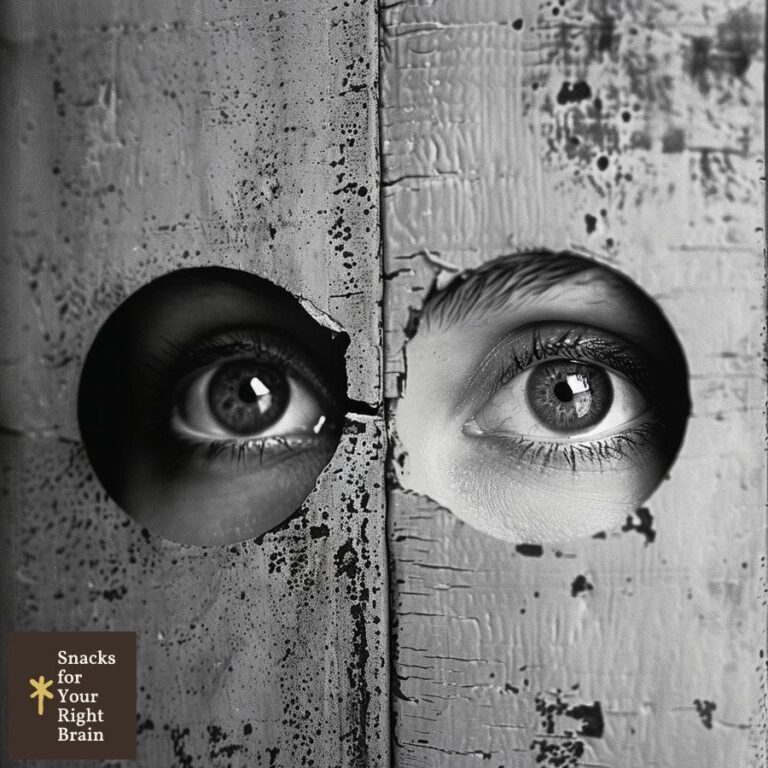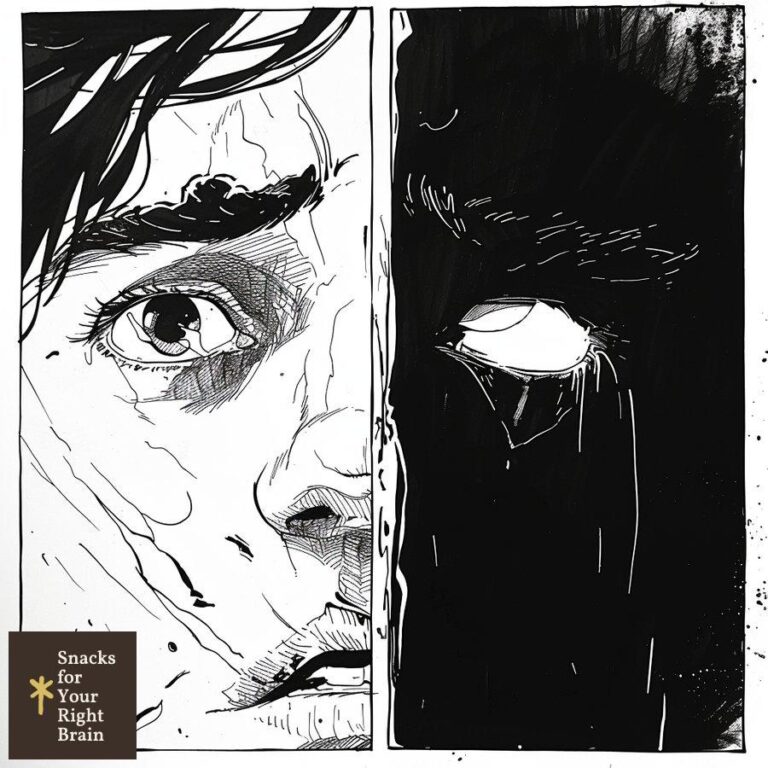How Does the Point of View Affect the Readers Understanding of the Story
What is point of view in literature?

Point of view (POV) refers to the perspective from which a story is narrated. It encompasses the narrator’s position in relation to the story, influencing how events and characters are presented to the reader. The choice of POV is essential in shaping the reader’s understanding and emotional engagement with the narrative.
Different types of POV can be categorized into first-person, second-person, and third-person perspectives. Each of these categories can further be divided into subcategories, such as third-person limited and third-person omniscient. The selected POV determines not only the information the reader receives but also how they interpret characters’ motivations, emotions, and the overall narrative arc.
Understanding the nuances of POV is vital for both readers and writers. Readers benefit from recognizing how POV affects their experience, while writers can leverage this knowledge to craft more compelling stories.
How does first-person POV create intimacy and subjectivity?
First-person POV utilizes the narrator’s voice, allowing readers to experience the story through their eyes. This perspective fosters a deep sense of intimacy and connection between the narrator and the reader.
-
Intimacy: The use of “I” or “we” creates a personal bond, as readers gain direct access to the narrator’s thoughts, feelings, and experiences. This closeness can evoke empathy, making readers more invested in the narrator’s journey.
-
Subjectivity: First-person narration inherently presents a subjective view of events. The reader sees the world through the narrator’s lens, which may be colored by their emotions, biases, and perceptions. This subjectivity can enhance the emotional depth of the story but may also limit the reader’s understanding of other characters’ motivations and actions.
-
Reliability: The reliability of the first-person narrator can vary. An unreliable narrator may distort the truth, leading readers to question the authenticity of the narrative. This technique can create tension and intrigue, as readers must discern what is real versus what is perceived.
In summary, first-person POV is effective in creating an intimate and subjective experience, allowing readers to connect deeply with characters while also navigating the complexities of perception and truth.
Why is third-person limited POV effective for balanced storytelling?
Third-person limited POV presents the story through the lens of one character at a time, offering insights into their thoughts and feelings while maintaining a narrative distance from other characters. This approach strikes a balance between intimacy and objectivity.
-
Character Focus: By centering the narrative on a single character, third-person limited POV allows readers to understand their motivations and struggles. This focus creates a strong emotional connection without overwhelming the reader with multiple perspectives.
-
Narrative Control: The narrator can provide context and description that the character may not perceive. This control allows for a more nuanced exploration of the story’s themes and settings while still keeping the reader anchored in the character’s experience.
-
Suspense and Mystery: Limiting the perspective to one character can enhance suspense. Readers are privy to the character’s thoughts but remain unaware of the intentions of others, creating a sense of intrigue and uncertainty.
In essence, third-person limited POV is effective for balanced storytelling as it combines character depth with narrative control, fostering a connection with readers while maintaining an element of suspense.
What advantages does third-person omniscient POV offer?

Third-person omniscient POV provides a god-like perspective, allowing the narrator to delve into the thoughts and feelings of multiple characters, as well as offering insights into the broader context of the story. This perspective has several advantages:
-
Comprehensive Understanding: The omniscient narrator can convey the inner workings of various characters, giving readers a holistic view of the narrative. This depth enriches the story, as readers can see how different characters’ motivations intersect and conflict.
-
Flexibility in Narrative: The narrator can shift focus between characters and settings, providing a dynamic storytelling experience. This flexibility allows for a more complex narrative structure, as the story can unfold from multiple angles.
-
Thematic Exploration: With access to various characters’ thoughts, the omniscient narrator can explore overarching themes more effectively. This ability enables the story to resonate on multiple levels, addressing universal truths and moral dilemmas.
-
Foreshadowing and Dramatic Irony: The narrator can provide information that characters are unaware of, creating dramatic irony. This technique can build tension and anticipation, as readers understand the implications of characters’ actions.
Overall, third-person omniscient POV offers advantages in terms of comprehensive understanding, narrative flexibility, thematic exploration, and the ability to create dramatic tension.
How does second-person POV uniquely involve the reader?
Second-person POV directly addresses the reader using “you,” creating a unique and immersive experience. This perspective can significantly alter the reader’s engagement with the narrative.
-
Direct Engagement: By addressing the reader directly, second-person POV fosters a sense of participation. Readers feel as though they are part of the story, which can enhance emotional involvement and investment in the outcome.
-
Personalization: This POV allows for a personalized narrative experience. Readers may project their own experiences and feelings onto the character, making the story feel more relevant and relatable.
-
Challenge to Traditional Narratives: Second-person POV often challenges conventional storytelling methods. It can create a sense of disorientation or surprise, as readers navigate a narrative that feels both familiar and foreign.
-
Exploration of Identity: The use of “you” can prompt readers to reflect on their identity and choices. This introspective quality can lead to deeper engagement with the themes of the story.
In summary, second-person POV uniquely involves readers by creating direct engagement, personalization, and challenges to traditional narratives, ultimately leading to a more immersive experience.
What impact do shifting POVs have on narrative complexity?
Shifting POVs involve changing the narrative perspective at various points in the story. This technique can significantly impact narrative complexity and reader experience.
-
Multiple Perspectives: Shifting POVs allow for the exploration of different characters’ thoughts and feelings. This multiplicity can enrich the narrative, providing diverse viewpoints that enhance the story’s depth.

-
Dynamic Storytelling: Changing perspectives can create a dynamic storytelling experience. Readers are continually introduced to new insights, which can maintain interest and engagement throughout the narrative.
-
Thematic Resonance: Different characters may embody various themes or conflicts. Shifting POVs can highlight these themes, allowing readers to see how they manifest across different experiences.
-
Potential Confusion: While shifting POVs can add complexity, they may also confuse readers if not executed carefully. Clear transitions and consistent character focus are essential to maintain clarity.
In essence, shifting POVs can enhance narrative complexity by providing multiple perspectives, creating dynamic storytelling, and resonating with themes, but they require careful handling to avoid reader confusion.
How do genre expectations influence POV choices?
Genre expectations play a significant role in determining the appropriate POV for a story. Different genres often come with established conventions that guide writers in their choices.
-
Literary Fiction: This genre frequently employs first-person or third-person limited POVs to explore character depth and emotional complexity. Readers expect introspective narratives that delve into the human experience.
-
Mystery and Thriller: These genres often utilize third-person limited or omniscient POVs to build suspense. Readers anticipate twists and revelations, making it essential for the narrative to provide insights into characters’ thoughts while maintaining an air of mystery.
-
Fantasy and Science Fiction: These genres may employ third-person omniscient POVs to establish expansive world-building. Readers expect detailed explanations of complex settings and systems, which can benefit from a broader narrative perspective.
-
Romance: First-person or third-person limited POVs are common in romance, as they allow for intimate exploration of characters’ emotions and relationships. Readers seek emotional connection, making these perspectives particularly effective.
In summary, genre expectations significantly influence POV choices, guiding writers in selecting perspectives that align with reader anticipations and narrative conventions.
What role does cultural and historical context play in POV selection?
Cultural and historical context profoundly influences POV selection in storytelling. The societal norms, values, and historical events of a particular time and place can shape how stories are told and experienced.
-
Cultural Perspectives: Different cultures may have unique storytelling traditions that dictate preferred POVs. For example, collectivist cultures may favor third-person perspectives that emphasize community and relationships, while individualistic cultures may lean towards first-person narratives that highlight personal experiences.
-
Historical Context: The time period in which a story is set can also impact POV choices. For instance, narratives from earlier centuries may reflect more formal third-person perspectives, while contemporary stories may embrace first-person or second-person POVs that resonate with modern readers.
-
Representation and Voice: Cultural context influences who gets to tell the story. Marginalized voices may employ first-person narratives to assert their experiences and perspectives, challenging dominant narratives and providing authenticity.
-
Reader Expectations: Readers’ cultural backgrounds can shape their expectations of POV. A story that aligns with their cultural norms may resonate more deeply, while a narrative that diverges from those norms may require additional effort to engage with.
In summary, cultural and historical context plays a vital role in POV selection, influencing narrative style, representation, and reader engagement.
How does POV shape a story’s theme and tone?
POV is a critical element in shaping a story’s theme and tone. The perspective from which a story is told can significantly affect how themes are presented and how readers perceive the emotional landscape of the narrative.
-
Theme Exploration: Different POVs can highlight various aspects of a theme. For example, a first-person narrative may focus on personal growth, while a third-person omniscient perspective may explore broader societal themes.
-
Emotional Tone: The choice of POV can also influence the emotional tone of the story. A first-person narrator may convey vulnerability and intimacy, while a third-person limited narrator may create a more detached or objective tone.
-
Character Development: POV shapes how characters are developed and understood. A first-person narrator may provide deep insights into their internal struggles, while a third-person perspective may offer a more balanced view of multiple characters.
-
Reader Interpretation: The selected POV can guide how readers interpret the story and its themes. A reliable first-person narrator may evoke trust and empathy, while an unreliable narrator may prompt readers to question the narrative.
In essence, POV is instrumental in shaping a story’s theme and tone, influencing how themes are explored, the emotional landscape is conveyed, and readers interpret the narrative.
What techniques can readers use to analyze POV in stories?
Readers can employ various techniques to analyze POV in stories, enhancing their understanding of the narrative and its implications.
-
Identify the Narrator: Recognizing who is telling the story is the first step. Is the narrator a character within the story, or are they an external observer? Understanding this relationship can provide insights into the narrative’s perspective.

-
Examine Character Insights: Consider whose thoughts and feelings are revealed. Are multiple characters explored, or is the focus on one? This examination can reveal the depth of character development and the narrative’s emotional landscape.
-
Assess Reliability: Evaluate the reliability of the narrator. Is the narrator trustworthy, or do they present a biased view? Understanding the narrator’s reliability can shape how readers interpret the story.
-
Consider the Impact on Theme: Analyze how the chosen POV influences the story’s themes. Does the perspective enhance or obscure the exploration of key themes? This consideration can deepen readers’ engagement with the narrative.
-
Reflect on Reader Experience: Finally, reflect on how the POV affects personal engagement with the story. Does the perspective evoke empathy, confusion, or intrigue? Understanding this personal response can enrich the reading experience.
In summary, readers can use techniques such as identifying the narrator, examining character insights, assessing reliability, considering the impact on theme, and reflecting on their experience to analyze POV in stories.
How can writers experiment with different POVs to enhance their storytelling?
Writers can enhance their storytelling by experimenting with different POVs, allowing for greater creativity and depth in their narratives.
-
Explore Various Perspectives: Writers can try writing the same scene from different POVs to see how it alters the narrative. This exercise can reveal new insights and emotional layers, enhancing character development and thematic exploration.
-
Combine POVs: Mixing different POVs within a single narrative can create a dynamic storytelling experience. For example, alternating between first-person and third-person perspectives can provide both intimacy and broader context.
-
Utilize Unreliable Narrators: Experimenting with unreliable narrators can add complexity and intrigue to the story. Writers can challenge readers to discern truth from perception, fostering deeper engagement.
-
Challenge Genre Conventions: Writers can defy genre expectations by choosing unconventional POVs. For instance, using second-person POV in a traditionally third-person genre can create a unique reading experience that captivates audiences.
-
Focus on Character Voice: Writers should pay attention to the character’s voice when selecting a POV. Ensuring that the chosen perspective aligns with the character’s personality and experiences can enhance authenticity and emotional resonance.
In essence, writers can experiment with different POVs by exploring various perspectives, combining POVs, utilizing unreliable narrators, challenging genre conventions, and focusing on character voice to enhance their storytelling.
This comprehensive exploration of point of view in literature highlights its significance in shaping narratives, engaging readers, and enhancing storytelling techniques.






